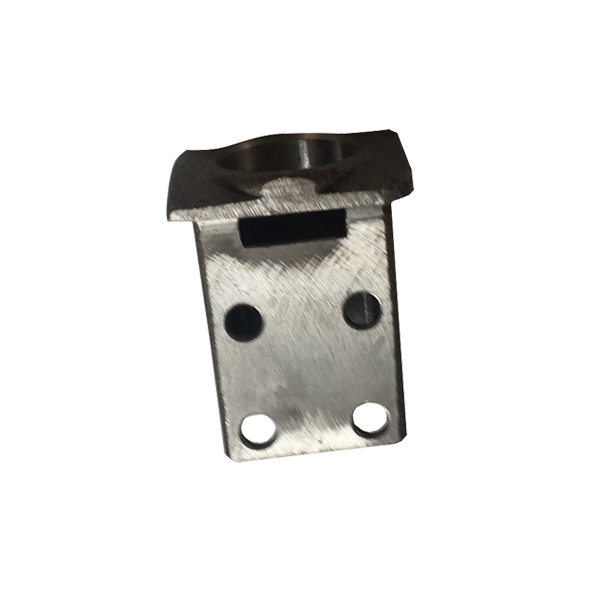
Water glass castings may face some common quality problems during the production process.
1. Common defect types
Capillary penetration: Due to the characteristics of water glass suspension, a porous structure is easily formed in the casting, resulting in capillary penetration.
Shape distortion: Castings may have warping, defects or insufficient verticality during the casting process, which will seriously affect the accuracy of the castings.
Crack problem: Water glass castings are prone to cracks due to stress concentration during the casting, cooling and subsequent processing processes.
2. Analysis of causes of defects
Casting structural problems: Factors such as uneven density distribution and inconsistent wall thickness of water glass castings may lead to problems such as cracks and capillary penetration.
Improper casting process: Improper control of temperature, speed, pressure and other parameters during casting will affect the shape, size, physical and mechanical properties of the casting.
Insufficient mold accuracy: The processing accuracy of the mold is not high or there is local wear, which may cause deviations in the size and shape of the casting.
3. Prevention and control measures
Improve the quality of castings: Optimize the internal structure of castings and reduce defects such as capillary penetration and pores through anodizing of castings. At the same time, parameters such as temperature, time and concentration of anode treatment should be reasonably adjusted.
Improve the casting process: optimize casting conditions such as dissolution temperature, sealing time, pouring speed, and ensure appropriate mold temperature to reduce the occurrence of casting defects.
Strengthen mold management: Regularly inspect and maintain molds to ensure the processing accuracy and surface quality of the molds. In addition, methods such as core casting technology can be used to improve casting quality and reduce the occurrence of defects such as cracks.
Through the above measures, common defects in water glass castings can be more effectively prevented and the overall quality of castings can be improved.
